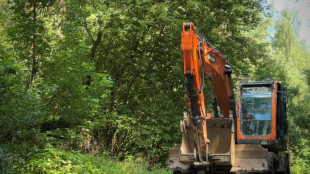
-
 Asian markets mixed as bitcoin surges to new high
Asian markets mixed as bitcoin surges to new high
-
War-weary Ukrainians find solace by frontline lake
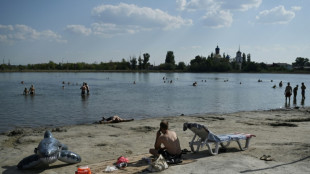
-
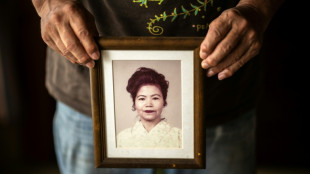 Okinawa a reluctant host for US troops 80 years after WWII
Okinawa a reluctant host for US troops 80 years after WWII
-
Alonso's Real Madrid start La Liga with fresh energy

-
 Liverpool splash out to secure status as Premier League's top dogs
Liverpool splash out to secure status as Premier League's top dogs
-
Hong Kong court postpones closing arguments in Jimmy Lai trial

-
 Top Japanese fighter retires to support comatose boxer brother
Top Japanese fighter retires to support comatose boxer brother
-
Boars, Butterflies or Bees? Public to name Papua New Guinea's NRL team

-
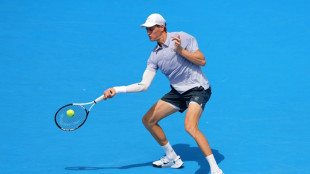 Defending champions Sinner, Sabalenka reach Cincinnati quarters
Defending champions Sinner, Sabalenka reach Cincinnati quarters
-
Bolivia presidential hopefuls make last push for votes

-
 Trump orders space regulations eased in win for Musk
Trump orders space regulations eased in win for Musk
-
Trump warns of make-or-break chance with Putin as pressure mounts

-
 From Snoop Dogg to Tom Brady, stars flock to English second-tier clubs
From Snoop Dogg to Tom Brady, stars flock to English second-tier clubs
-
Inside Trump's 'Alligator Alcatraz': detainees allege abuse in a legal black hole
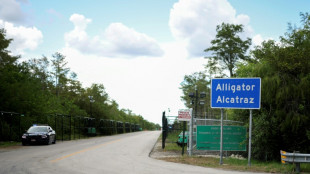
-
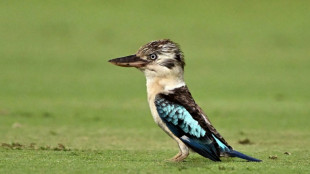 Scientists find surprising sex reversal in Australian birds
Scientists find surprising sex reversal in Australian birds
-
Taylor Swift sets October release for new album

-
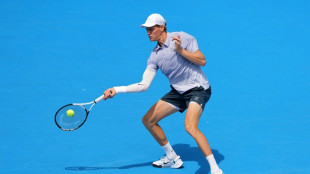 Sinner, Sabalenka sail into Cincinnati quarter-finals
Sinner, Sabalenka sail into Cincinnati quarter-finals
-
Oh carp: UK's Lammy on the hook after fishing with Vance without licence
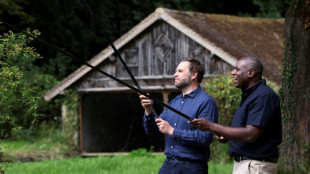
-
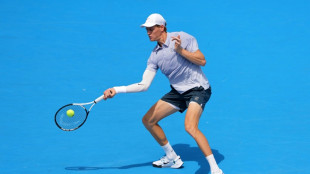 Sinner shrugs off rain to dispatch Mannarino in Cincinnati
Sinner shrugs off rain to dispatch Mannarino in Cincinnati
-
Tainted fentanyl blamed for 87 hospital deaths in Argentina

-
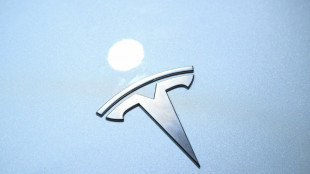 Eyeing robotaxis, Tesla hiring New York test car operator
Eyeing robotaxis, Tesla hiring New York test car operator
-
NBA approves $6.1bn sale of Boston Celtics

-
 PSG beat Tottenham on penalties to win UEFA Super Cup after late comeback
PSG beat Tottenham on penalties to win UEFA Super Cup after late comeback
-
Cowboys owner Jones says experimental drug saved him after cancer diagnosis

-
 Striking Boeing defense workers turn to US Congress
Striking Boeing defense workers turn to US Congress
-
PSG beat Tottenham on penalties to win UEFA Super Cup
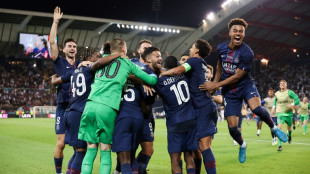
-
 Hong Kong court to hear closing arguments in mogul Jimmy Lai's trial
Hong Kong court to hear closing arguments in mogul Jimmy Lai's trial
-
US singer Billy Joel to sell off motorcycles due to health condition

-
 Barcelona's Ter Stegen validated as long-term injury by La Liga
Barcelona's Ter Stegen validated as long-term injury by La Liga
-
Storm makes landfall in China after raking Taiwan as typhoon
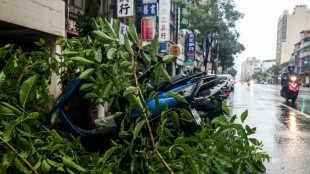
-
 Colombia buries assassinated presidential candidate
Colombia buries assassinated presidential candidate
-
Zverev finishes overnight job at Cincinnati Open
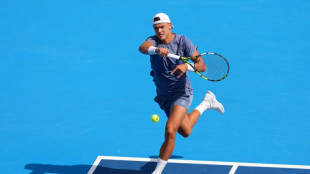
-
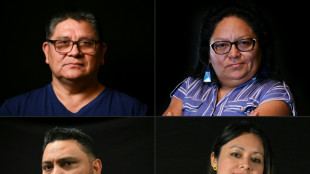 Bukele critics face long exile from El Salvador homeland
Bukele critics face long exile from El Salvador homeland
-
McIlroy 'shot down' suggestion of Ryder Cup playing captain role
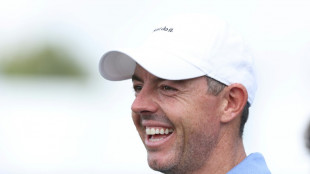
-
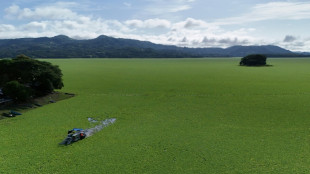 'Water lettuce' chokes tourism, fishing at El Salvador lake
'Water lettuce' chokes tourism, fishing at El Salvador lake
-
Peru's president signs military crimes amnesty bill into law

-
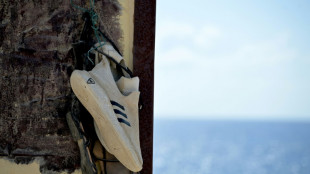 At least 26 migrants dead in two shipwrecks off Italy
At least 26 migrants dead in two shipwrecks off Italy
-
Root says Warner jibe 'all part of the fun' heading into Ashes

-
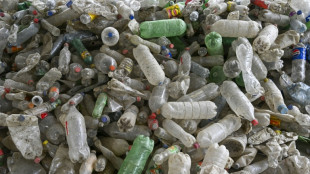 Plastic pollution treaty talks in disarray
Plastic pollution treaty talks in disarray
-
Trump eyes three-way meeting with Putin, Zelensky

-
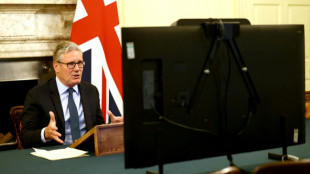 'Viable' chance for Ukraine ceasefire thanks to Trump: UK PM
'Viable' chance for Ukraine ceasefire thanks to Trump: UK PM
-
Vance visits US troops during UK trip

-
 Premier League has no say on delay over Man City charges, says chief exec
Premier League has no say on delay over Man City charges, says chief exec
-
Trump names Stallone, Strait among Kennedy Center honorees

-
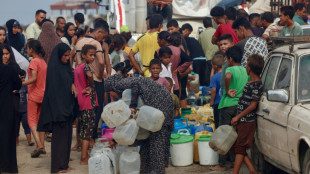 Israeli military says approved plan for new Gaza offensive
Israeli military says approved plan for new Gaza offensive
-
Europeans urge Trump to push for Ukraine ceasefire in Putin summit

-
 Stocks extend gains on US rate-cut bets
Stocks extend gains on US rate-cut bets
-
Venus Williams receives wild card for US Open singles

-
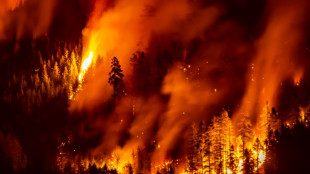 Massive fire burns on mountain near western Canada city
Massive fire burns on mountain near western Canada city
-
Plastic pollution plague blights Asia
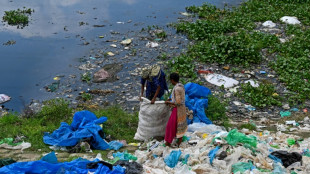

Scientists track plastic waste in pristine Canada marine park
Old tires, discarded cups, and cigarette butts litter the magnificent Saguenay Fjord, a marine protected area in eastern Canada that attracts belugas and other whales seeking respite.
Cliffs sculpted by glaciers flank the fjord that connects to the Saint Lawrence River, far from any major city. The marine sanctuary was granted protected status 26 years ago.
"It's one thing to legislate to make it a protected area, but then how do we maintain it?" said Canadian biologist Anne-Marie Asselin before diving in search of trash.
With her team from the Blue Organization, she navigates the brackish waters of the fjord to document pollution in the area.
The objective is twofold: to identify the most common waste to target the plastics that should be banned from sale, and to predict the banks most at risk of being polluted, based in particular on currents, to better target cleaning campaigns.
- Worrying trend -
By paddle board, on foot or freediving, Asselin and her crew collect all kinds of waste in the bay of the village of Petit-Saguenay.
Under a blazing hot sun, the group's Laurence Martel sorted the waste by more than 100 criteria, including by brand, to eventually seek to hold producers responsible for their products' entire lifecycle.
"The most popular find is the cigarette butt, it is omnipresent," Martel said.
She noted that a single cigarette butt can contaminate up to 500 liters of water due to the thousands of chemical compounds it contains.
In five years, the team's research has revealed a worrying trend: the concentration of plastic waste is increasing significantly closer to the Gulf of Saint Lawrence and the Atlantic, "suggesting a shift in waste from urban areas towards downstream parts of the river."
"Very often, the smallest plastics are the ones that pollute the most," Martel said.
- Ecosystem health -
Waste becomes microplastics as it disintegrates. Most often invisible to the naked eye, these particles are made of polymers and other toxic compounds that vary from five millimeters to one thousandth of a millimeter.
They are found throughout the food chain of marine life, particularly invertebrates.
The Blue Organization fishes and analyzes these "sentinel species" -- considered gauges of the health of their environment -- during each cleanup operation.
"If your mussels and your invertebrates are starting to suffer, that could be an indicator that the health of the ecosystem is also declining," said Miguel Felismino, of McGill University in Montreal.
Seated on a catamaran, Felismino measured, photographed and arranged the mussel specimens, which he will also analyze in a laboratory to study the effects of microplastics.
Using a homemade pump and a few pipes placed at the front of the boat, he also collected surface water and sediment from the seabed for his research
- Behavioral changes -
The Blue Organization wants to produce a complete picture of the plastic lifecycle in protected areas such as the Saguenay-Saint Lawrence Marine Park.
But to protect these ecosystems, the solution is "also to trigger behavioral changes" in people, said the biologist Asselin, who called on artists to "raise awareness" of the situation.
This could involve making music from natural sounds or creating a "literary translation" of scientific research, Asselin said.
"With climate change, the soundscapes associated with certain territories are set to evolve," said one such artist, Emilie Danylewick, before plunging her hydrophone into the water to record the sounds.
Danylewick said her work is a "way to preserve the current soundscape memory of the territory."
W.Mansour--SF-PST

